Home / Albums / Tag Place:France 417

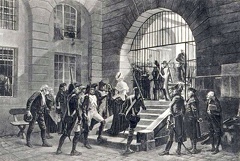 Marie Antoinette on the way to the Guillotine
Marie Antoinette on the way to the Guillotine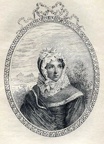 Madam Campan
Madam Campan Marie Antoinette and Louis XVI
Marie Antoinette and Louis XVI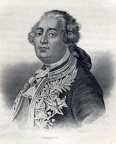 Louis XVI
Louis XVI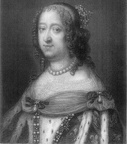 Anne of Austria
Anne of Austria Cardinal De Richelieu
Cardinal De Richelieu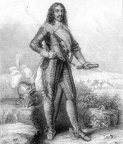 Marshall Schomberg
Marshall Schomberg Henri IV
Henri IV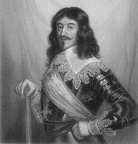 Louis XIII, King of France
Louis XIII, King of France Marshall Bassompierre
Marshall Bassompierre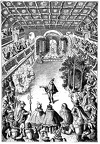 Le Ballet De La Reine
Le Ballet De La Reine 1810
1810 1800
1800 Stock-Jobbing in the Palais-Royal
Stock-Jobbing in the Palais-Royal A game of Emigrette
A game of Emigrette In the Garden of the Tuileries
In the Garden of the Tuileries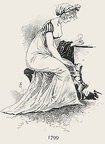 1799
1799 An appointment at the Cafe des Tuileries
An appointment at the Cafe des Tuileries 1798
1798 1797
1797 1806
1806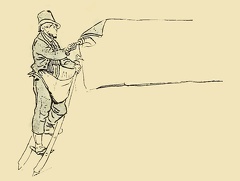 Banner
Banner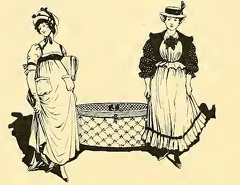 Two women
Two women Théâtre des Variétés
Théâtre des Variétés 1811
1811 Cossack Encampment on the Champs-Élysées
Cossack Encampment on the Champs-Élysées 1813
1813 Skaters on the Reservoir at La Villette
Skaters on the Reservoir at La Villette At the Races on the Champ de Mars
At the Races on the Champ de Mars The Fountain in the Rue de Regard
The Fountain in the Rue de Regard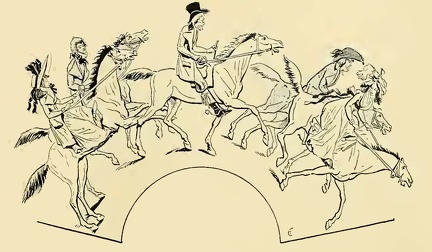 Riding in the Park
Riding in the Park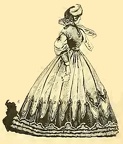 Lady
Lady Lady with Umbrella
Lady with Umbrella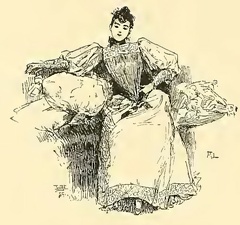 Seated Lady
Seated Lady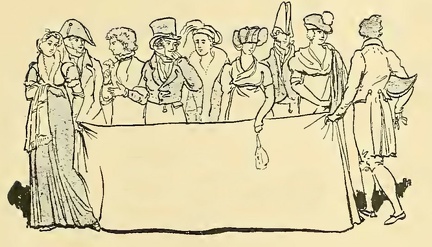 Heading
Heading 1798
1798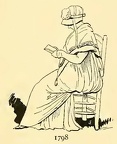 1798
1798 Vigier's Baths
Vigier's Baths A Drive in a Whiskey
A Drive in a Whiskey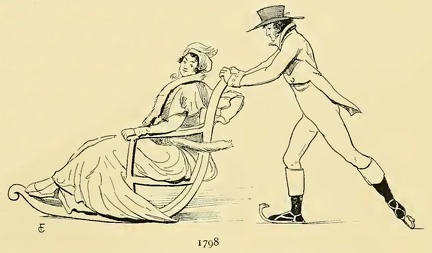 Skating
Skating On the Terrace of the Tuileries
On the Terrace of the Tuileries French Lady
French Lady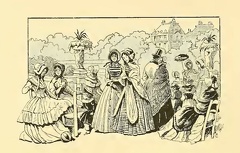 Paris Scene
Paris Scene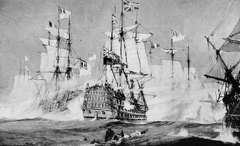 'The Glorious 1st of June', 1794
'The Glorious 1st of June', 1794 The Gun with which we won the Great War with France
The Gun with which we won the Great War with France Tourelle de la Rue de L’Ecole.-de-Médecine b
Tourelle de la Rue de L’Ecole.-de-Médecine b Tourelle de la Rue de L’Ecole.-de-Médecine
Tourelle de la Rue de L’Ecole.-de-Médecine Tourelle de la Rue de la Tixéranderie
Tourelle de la Rue de la Tixéranderie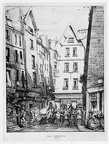 Rue Pirouette aux Halles (D.49), third state
Rue Pirouette aux Halles (D.49), third state Rue des Toiles à Bourges
Rue des Toiles à Bourges Saint-Etienne-du-Mont
Saint-Etienne-du-Mont Porte d’un ancien Couvent à Bourges
Porte d’un ancien Couvent à Bourges Rue des Chantres -b
Rue des Chantres -b Rue des Chantres
Rue des Chantres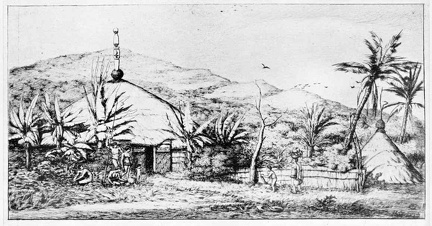 Nouvelle-Calédonie
Nouvelle-Calédonie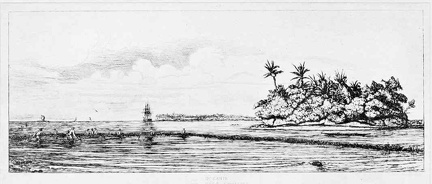 Océanie, Pêche aux Palmes
Océanie, Pêche aux Palmes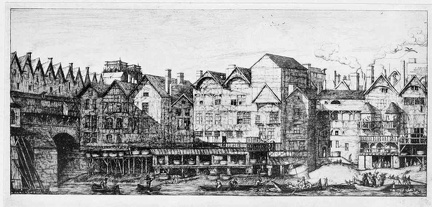 Partie de la Cité vers la Fin du XVIIᵉ Siècle
Partie de la Cité vers la Fin du XVIIᵉ Siècle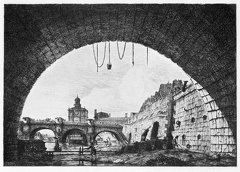 Le Pont-Neuf et la Samaritaine
Le Pont-Neuf et la Samaritaine Le Pont-Neuf
Le Pont-Neuf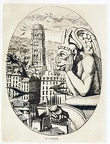 Le Stryge
Le Stryge



